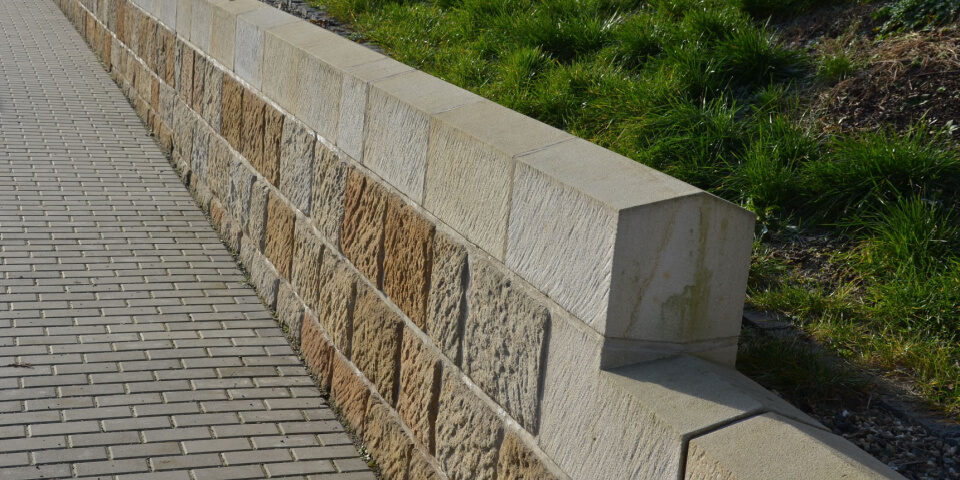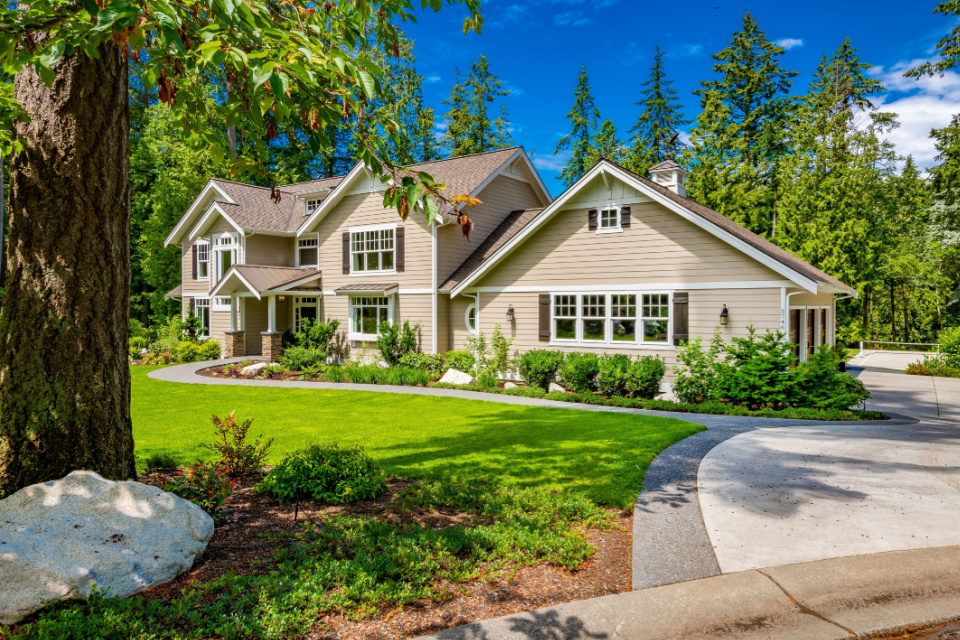
Popular interior design styles in Australia
07/25/2023
Sustainable House Design in Australia
07/25/2023Building on sloping blocks of land can present unique challenges and opportunities in Australia. Sloping block builders specialize in designing and constructing homes on uneven terrain, taking into account the slope, soil conditions, and local regulations. Sloping block construction in Australia requires specialized knowledge and expertise to successfully navigate the unique challenges posed by uneven terrain. One of the key considerations in sloping block construction is the slope itself. The slope of the land plays a crucial role in determining the design and construction approach for homes built on sloping blocks.
The degree of slope determines the type of foundation that will be required and influences other aspects of the construction process, such as drainage and land stability. Previous research has shown that the structure was mostly constructed directly upon the land natural slope, on a bedrock or rubble foundation. To construct the wall section, the workers first cleared the site of weeds, rocks, and other debris. Then, they began excavation with the intent of cutting the bedrock into a stair-like formation. In addition to the slope, soil conditions also play a significant role in sloping block construction. The type of soil present on the site can impact the stability of the foundation and influence construction methods. For example, if the soil is loose or prone to erosion, additional measures may need to be taken to reinforce the foundation and prevent soil movement. This can include techniques such as utilizing retaining walls or incorporating biotechnical engineering methods, where vegetation is integrated with inert structures like concrete blocks to stabilize the slopes. Moreover, complying with local regulations is crucial when building on sloping blocks in Australia. Local regulations may require that certain setbacks and building codes are followed to ensure the safety and structural integrity of homes built on sloping blocks.
These regulations may dictate the maximum allowed slope for construction, as well as requirements for retaining walls or other stabilizing measures. Furthermore, the rock and soil conditions that make up the slopes have a significant impact on slope stability and must be considered in civil construction.
The geological structures, including the composition of rocks and soil, can affect slope stability and must be taken into account during construction. Seismic ground motion is closely related to slope stability and needs to be considered when designing and constructing homes on sloping blocks. In order to ensure the stability and safety of homes on sloping blocks, slope characteristics must be carefully evaluated.
This includes factors such as the angle of the slope, the presence of any cracks or fissures in the rock or soil, and the potential for erosion. Additionally, the rainfall patterns in the area can also influence slope stability. Rainfall has a significant impact on slope stability, as it can increase the pore water pressure within the soil and decrease shear strength, making the slope more susceptible to failure. Therefore, it is essential for sloping block builders to thoroughly assess the rock and soil conditions, slope characteristics, and rainfall patterns in order to determine theoptimal design and construction methods for homes on sloping blocks.
Additionally, the potential for long-term stability should also be considered in the planning and construction process.
This can involve conducting comprehensive slope stability analysis to assess the potential risks and vulnerabilities of the slope. By analyzing factors such as rock type, geological structure, hydrological conditions, and slope angle, builders can classify the stability of the slope and determine appropriate measures to ensure the safety and stability of homes on sloping blocks.
To prevent slope destruction and ensure the safety of homes on sloping blocks, it is crucial to consider both internal and external factors that can affect slope stability during construction activities. Internal factors such as the type and strength of rock, slope height, and hydrological conditions must be carefully evaluated. External factors such as rainfall and human activities like rock blasting or cutting can also have a significant impact on slope stability.
Therefore, it is important for sloping block builders to adhere to geological surveys and engineering standards when constructing homes on sloping blocks. By considering the unique challenges and opportunities presented by building on sloping blocks, builders can ensure that homes are constructed in a manner that prioritizes stability and safety.
In conclusion, building on a sloping block of land in Australia requires specialized knowledge and expertise.Sloping block builders must carefully consider the slope, soil conditions, and local regulations in order to design and construct homes that are safe and stable. In addition, thorough analysis of the slope stability, taking into account factors such as rock and soil conditions, rainfall patterns, and potential long-term stability is crucial to prevent slope destruction and ensure the safety of homes on sloping blocks. The successful construction of homes on sloping blocks in Australia requires careful consideration of various factors including slope stability, soil conditions, local regulations, and the potential impacts of external factors such as rainfall and human activities.




